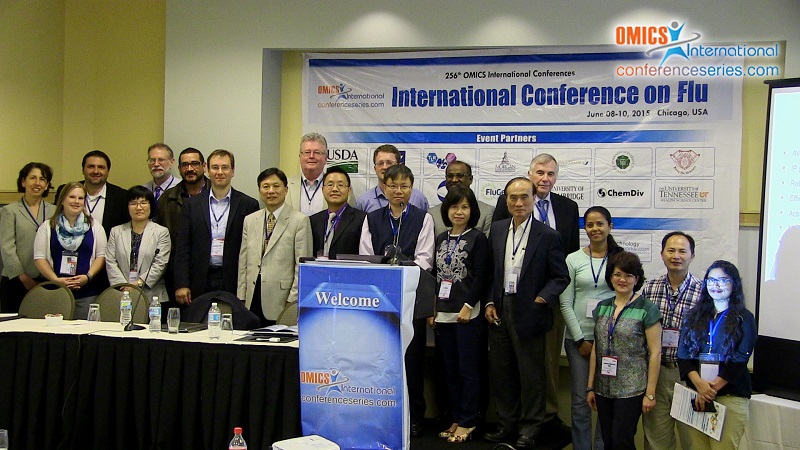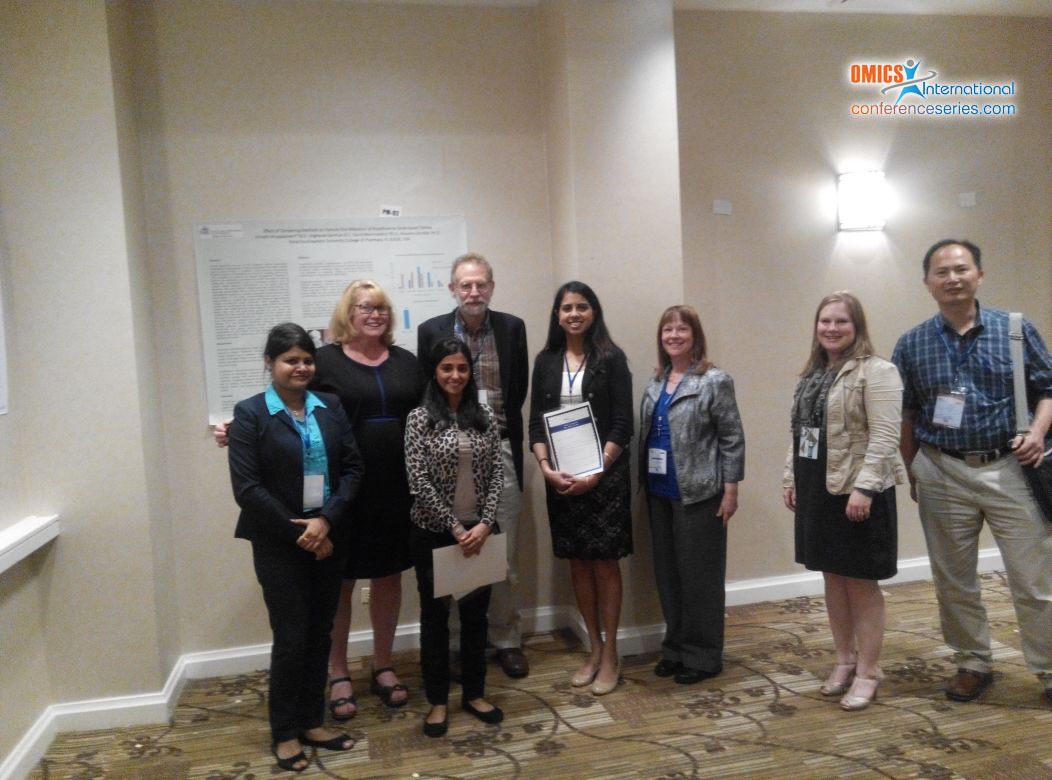
Osamah Barasheed
University of Sydney
Australia
Title: Changes in the prevalence of influenza-like illness and influenza vaccine uptake among hajj pilgrims: A 10-year retrospective analysis of data
Biography
Biography: Osamah Barasheed
Abstract
Background: Influenza is an important health hazard among Hajj pilgrims. For the last ten years, pilgrims are being recommended to take influenza vaccine before attending Hajj. Vaccination coverage has increased in recent years, but whether there has been any change in the prevalence of influenza-like illness (ILI) is not known. In this analysis, we examined the changes in the rate of ILI against seasonal influenza vaccine uptake among Hajj pilgrims over the last decade. Method: Data for this analysis is a synthesis of raw and published data from eleven Hajj seasons between 2005 and 2014. For seven Hajj seasons the data were obtained from studies involving pilgrims of UK, Saudi Arabia and Australia; and for the remaining four Hajj seasons data were abstracted from published studies involving pilgrims from multiple countries. The data from both sources were synthesised to estimate the relative risk (RR) of acquisition of ILI in vaccinated versus unvaccinated pilgrims. Results: The pooled sample size of the included studies was 33,213 with most pilgrims being in the age band of 40-60 years (range: 0.5 to 95 years) and a male to female ratio of 1.6. The pilgrims originated, in order of frequency, from Iran, Australia, France, UK, Saudi Arabia, Indonesia, India, Algeria, Ivory Coast, Nigeria, Somalia, Turkey, Syria, Sierra Leone and USA. Except for one year (2008), data from individual years did not demonstrate a noticeable change in the rate of ILI against influenza vaccine coverage, however the combined data from all studies suggest that the prevalence of ILI decreased among Hajj pilgrims as the vaccine coverage increased over the last decade (RR 0.2, P<0.01). Conclusion: This analysis suggests that influenza vaccine might be beneficial for Hajj pilgrims. However, controlled trials aided by molecular diagnostic tools could confirm whether such an effect is real or ostensible.



